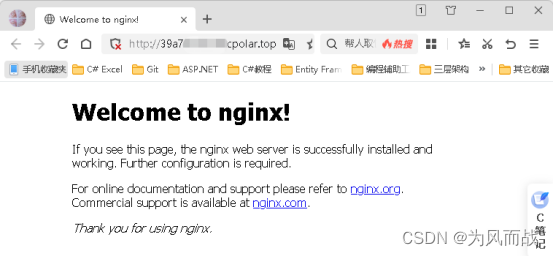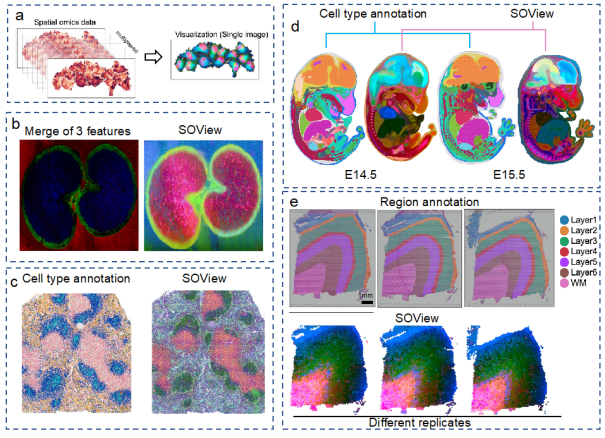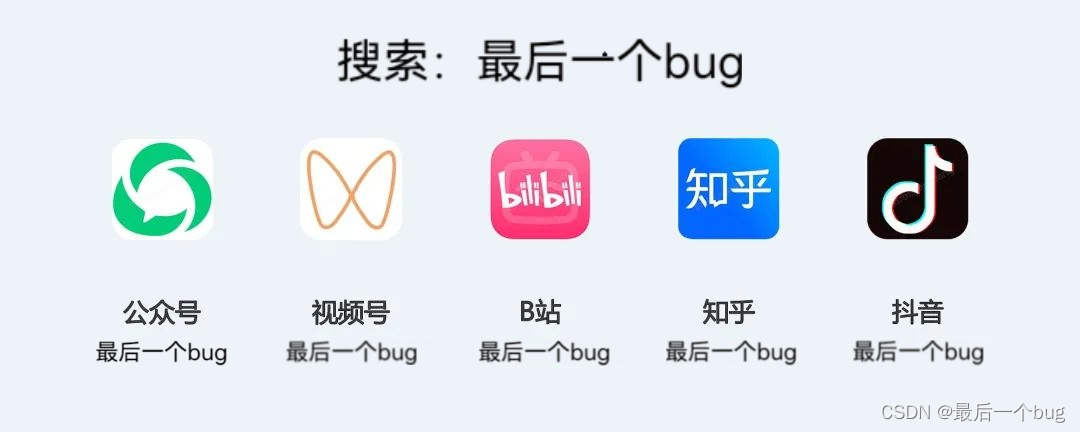1. 前言
本次讲一下UVM中的uvm_config_db,在UVM中提供了一个内部数据库,可以在其中存储给定名称下的值,之后可以由其它TB组件去检索。这样的数据库允许我们以不同的名称存储不同的配置设置,这些配置可以在需要时潜在地配置TB组件,而无需修改实际的TB代码。比如说,我们需要TB打开某个checker,我们只需要提供这个checker的路径并将数据库中的变量设置为1,checker就可以检查这个变量值,如果它打开了,就开始检查DUT功能。uvm_config_db提供了访问这个数据库的接口,最常见的就是get()和set()函数,函数定义如下:
static function void set(uvm_component cntxt,
string inst_name,
string field_name,
T value);
static function bit get(uvm_component cntxt,
string inst_name,
string field_name,
inout T value);这两个函数如何使用我想大家都清楚,调用一次set()就是往数据库内设置1个scope为{cntxt,”.”, inst_name},匹配符为field_name,值为value的配置。其中inst_name和field_name是支持正则匹配或glob类型匹配的。调用一次get()就是用scope为{cntxt,”.”, inst_name},匹配符为field_name的访问方式在数据库里检索是否有匹配的设置,注意,这里的inst_name和field_name不支持正则匹配或glob类型匹配的,下面会具体说明。如果get()返回1就是找到了,返回0就算没有找到。上述两个函数中,如果cntxt传递的是null,那么UVM自动会使用uvm_root::get()替换它。大家如果需要调试uvm_config_db的话,可以使用+UVM_CONFIG_DB_TRACE或uvm_config_db_options类内的turn_on_tracing()/turn_off_tracing()/is_tracing()函数来进行。
多啰嗦一下,如果uvm_config_db::set()对同1个配置在不同时间或不同地点设置了多次,那么uvm_config_db::get()的时候将会采用哪一次的呢?UVM会给它们指定不同的优先级,结论就是:如果是在build_phase指定的话,是按UVM hierarchy来的,层次越高优先级越高,也就是uvm_test的优先级会高于uvm_env,以此类推。但如果两个组件是同一个UVM hierarchy的话,就是按时间顺序来的,越往后set优先级越高。在build_phase之后,就不在于UVM hierarchy了,都是按照时间顺序来的,越往后set优先级越高。
那么UVM中是如何做到uvm_config_db::set()和uvm_config_db::get()的匹配呢?这就涉及到了本文的主题了。简单说就是字符串的正则匹配,在UVM内部是通过uvm_glob_to_re()和uvm_re_match()这两个函数来实现的,它们是在uvm_config_db背后默默工作的功臣。
在TB调用uvm_config_db::set()的时候,set函数会将参数cntxt和inst_name拼接起来后,调用用uvm_glob_to_re()转换格式,再存到uvm_resource类里的scope字符串变量,set()的值也是放在uvm_resource类里。当TB调用uvm_config_db::get()的时候,get函数也会将参数cntxt和inst_name拼接起来,再调用uvm_re_match()与uvm_resource_base类里的scope字符串进行匹配,如果匹配成功,就返回这个uvm_resource类的值。这就完成了set()设置值和get()查找值的过程了。uvm_glob_to_re()和uvm_re_match()在其中扮演重要的角色,我们就来看看这两个函数
这两个函数都支持C版本和SV版本,两个版本的功能有点差别,默认是使用C版本,功能更强大点。如果TB没有定义了UVM_REGEX_NO_DPI或UVM_NO_DPI宏的话,那么用的是DPI-C import进来的C版本,反之是Systemverilog版本的。
2. uvm_glob_to_re()函数
C版本的uvm_glob_to_re()函数定义如下:
const char * uvm_glob_to_re(const char *glob)
import "DPI-C" function string uvm_glob_to_re(string glob);它会将输入的glob字符串(glob类型匹配格式)转成真正的正则表达式格式(POSIX regular expression)。也就是把输入字符串中glob元字符替换为正则元字符,并在开头和结尾分别加上/^和$/。glob类型匹配和正则匹配区别,大家可以自行查找资料下。
SV版本的uvm_glob_to_re()函数定义如下:
function string uvm_glob_to_re(string glob);
return glob;
endfunction从这个函数内容就可以看出,它不对输入的字符串做任何处理。
3. uvm_re_match()函数
C版本的uvm_re_match()函数定义如下:
int uvm_re_match(const char * re, const char *str)
import "DPI-C" function int uvm_re_match(string re, string str);可以看到它有两个参数,第一个参数(re)是匹配的正则表达式,第二个参数(str)匹配的字符串,如果re在str里找到它要匹配的字符串,就返回0,反之返回1。
SV版本的uvm_re_match()函数定义如下:
function int uvm_re_match(string re, string str);它的参数和返回值与C版本定义一样,不过它是支持glob类型匹配,也就是re必须是glob类型格式的。
对于uvm_config_db来说,在调用get()函数检索数据库的时候,get()函数传递的{cntxt,”.”, inst_name}会作为uvm_re_match()的str的实参,set()函数设置的{cntxt,”.”, inst_name}在经过uvm_glob_to_re()处理后作为uvm_re_match()的实参,这也就是为什么set()参数的inst_name支持正则格式,而get()参数的inst_name只是简单字符而已。
4. 例子分析
测试源代码如下:
str_re = "uvm_test_top.*monitor";
$display("uvm_glob_to_re() converts %s to %s", str_re, uvm_glob_to_re(str_re));
str = "uvm_test_top.a.b.c.monitor";
$display("%s and %s, match result is: %s", str_re, str,
uvm_re_match(uvm_glob_to_re(str_re), str)==1'b0 ? "MATCH" : "MISMATCH");
uvm_config_db #(bit)::set(null, str_re, "test_var", 1'b1);
if ( uvm_config_db #(bit)::get(null, str, "test_var", test_var) )
$display("Get the test_var from path: %s", str);
else
$display("Not get the test_var from path: %s", str);
str = "uvm_test.*.monitor";
$display("%s and %s, match result is: %s", str_re, str,
uvm_re_match(uvm_glob_to_re(str_re), str)==1'b0 ? "MATCH" : "MISMATCH");
uvm_config_db #(bit)::set(null, str_re, "test_var", 1'b1);
if ( uvm_config_db #(bit)::get(null, str, "test_var", test_var) )
$display("Get the test_var from path: %s", str);
else
$display("Not get the test_var from path: %s", str);
str_re = "zhuanxinzhizhier";
str = "yes_zhuanxinzhizhier_yes";
$display("%s and %s, match result is: %s", str_re, str,
uvm_re_match(str_re, str)==1'b0 ? "MATCH" : "MISMATCH");当TB没有定义UVM_REGEX_NO_DPI或UVM_NO_DPI宏时,也就是函数采用C版本函数,Questasim输出的结果为:
# uvm_glob_to_re() converts uvm_test_top.*monitor to /^uvm_test_top\..*monitor$/
# uvm_test_top.*monitor and uvm_test_top.a.b.c.monitor, match result is: MATCH
# Get the test_var from path: uvm_test_top.a.b.c.monitor
# uvm_test_top.*monitor and uvm_test.*.monitor, match result is: MISMATCH
# Not get the test_var from path: uvm_test.*.monitor
# zhuanxinzhizhier and yes_zhuanxinzhizhier_yes, match result is: MATCH当TB有定义UVM_REGEX_NO_DPI或UVM_NO_DPI宏时,也就是函数采用SV版本,Questasim输出的结果为:
# uvm_glob_to_re() converts uvm_test_top.*monitor to uvm_test_top.*monitor
# uvm_test_top.*monitor and uvm_test_top.a.b.c.monitor, match result is: MATCH
# Get the test_var from path: uvm_test_top.a.b.c.monitor
# uvm_test_top.*monitor and uvm_test.*.monitor, match result is: MISMATCH
# Not get the test_var from path: uvm_test.*.monitor
# zhuanxinzhizhier and yes_zhuanxinzhizhier_yes, match result is: MISMATCH从上述两个log的最后一行打印我们可以看出C版本函数功能还是更加强大。大家使用uvm_config_db::set()和uvm_config_db::get()时,要牢记set()的参数inst_name是支持正则匹配的,而get()的参数inst_name是不支持正则匹配的也就是get()的参数inst_name里就算包含*/?/+等特殊字符,也是会当作普通字符而已,而不会被处理成正则匹配里的元字符。
另外之前看到有个在线测试正则表达式的网站,大家有需要的话,可以去试试。网址:Regex Tester and Debugger Online - Javascript, PCRE, PHP




















